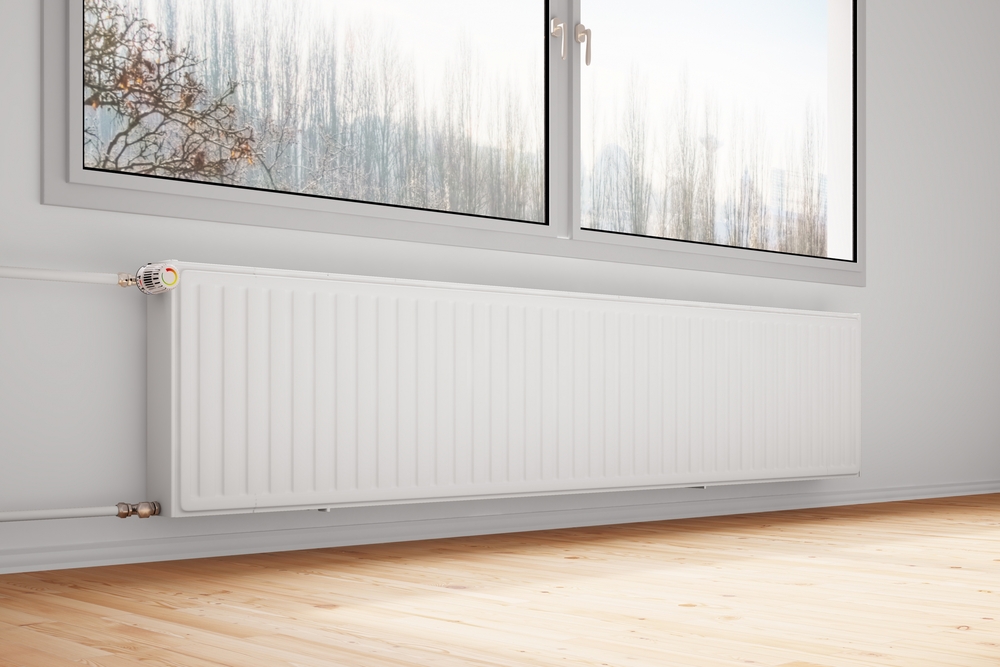New radiators are always a great investment for the home, and can transform every room into a stylish new space. Vertical column radiators are some of the most attractive and impressive looking models, but when you’re fitting new radiators, it’s important to make sure that they are correctly positioned.
To help you fit them correctly, read on for a guide on how to hang radiators in the best way.
Position and measure
Before you can fit your radiator to the wall, you’ll first need to establish the correct position to place it in, and measure where to place the brackets correctly. This is especially important for vertical column radiators, so it’s worth taking the extra time at this stage.
Even if your new radiators are the same size as your older ones, it’s always worth measuring and checking up again, in case of any small shifts or changes, or to correct any errors in the previous installation. Taking the time here can save valuable time later on, and avoid having to make corrections.

The best way to work out the correct positioning is by laying the radiator down on the ground. It’s a good idea to make sure that it’s protected with a mat or thick cloth, to prevent any scuffing. Then, measure the distance from the uppermost part of the bracket, to the point where the valve will fit, and check both ends of the valve are equal and level. You’ll then want to mark the centre point for the radiator, as well as work out the height. You should allow some space for it to come away from the ground – it’s a good idea to leave at least 100mm from the base of the bracket and the floor.
To fix the radiator in place
Once you’re completely satisfied that you have measured correctly, it’s best to check before fixing the radiator in place permanently, by doing a trial position in place, and marking the lower parts of the brackets. You might want to mark the position lightly on the walls so that you know where to line it up to.
Step back and check that this is correct and even. Once it is, make sure that you are using the appropriate materials to fix the radiator to the wall – steel plasterboard plugs or the equivalent screws and plugs for a wooden wall are best to use. For a larger or heavier radiator, you might need to use timber supports to keep it in place safely.
Before turning the radiators on
After you’ve positioned and hung your radiators correctly, there’s one last thing to check.
Before you turn your new radiators on, you’ll first need to monitor how you turn the valves on, to allow water into them in a slow and controlled manner. It’s best to do this as slowly as possible, to prevent air locks from forming inside the pipes. Once water starts spilling out, you can shut the air vents off.